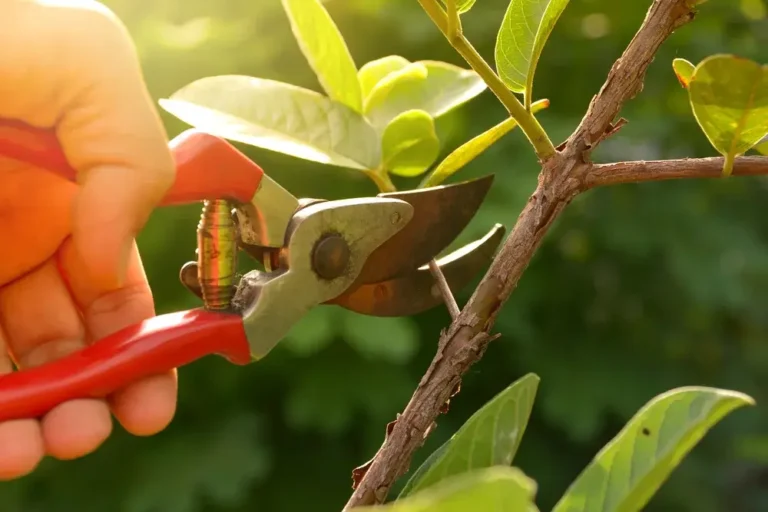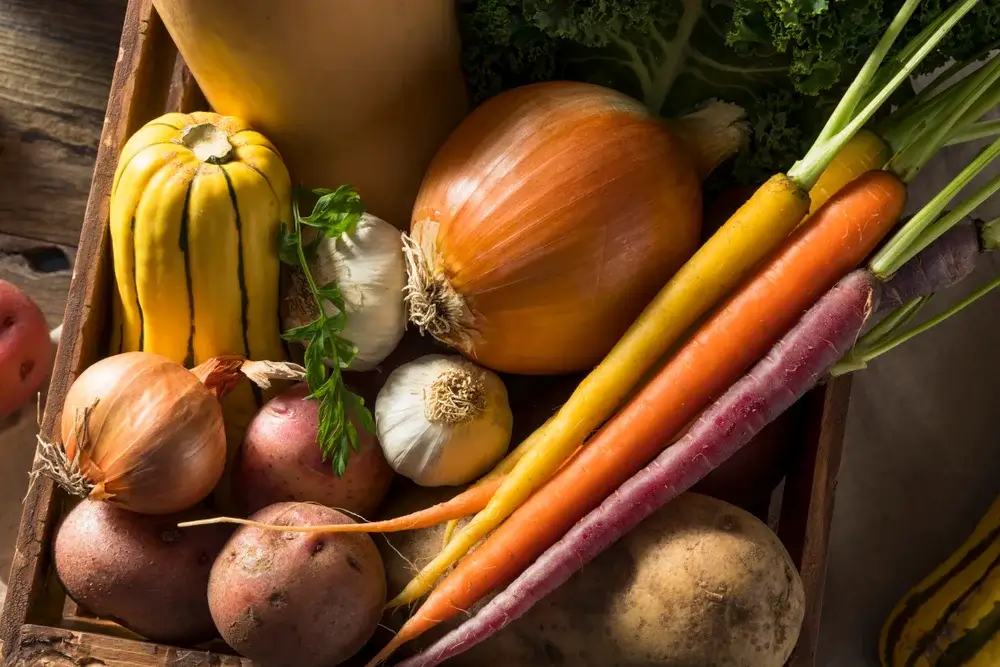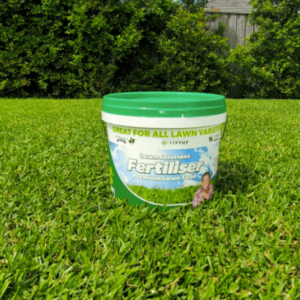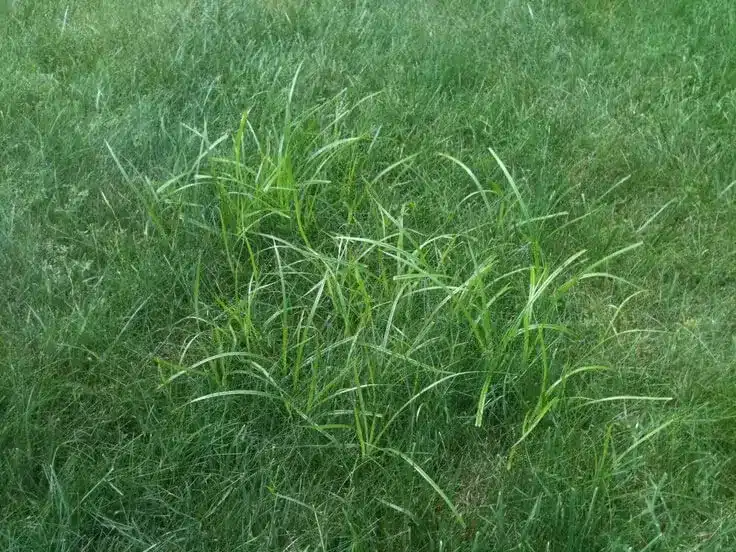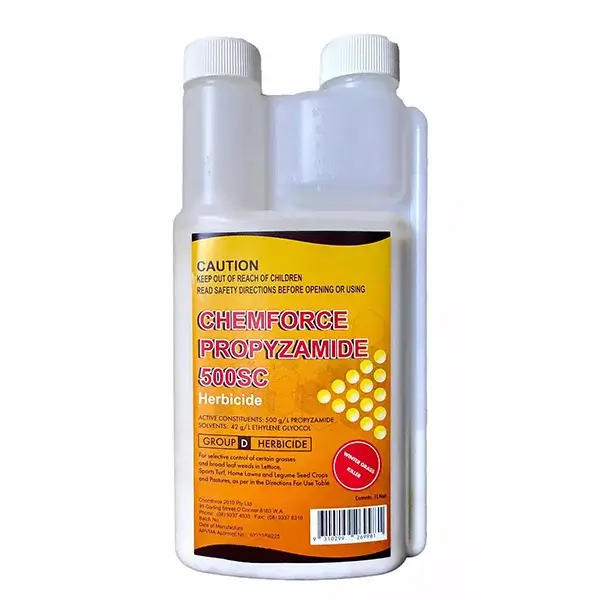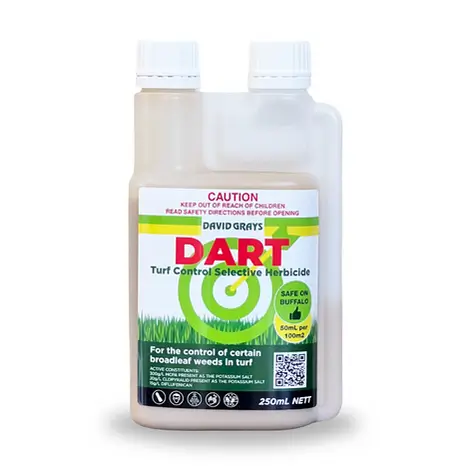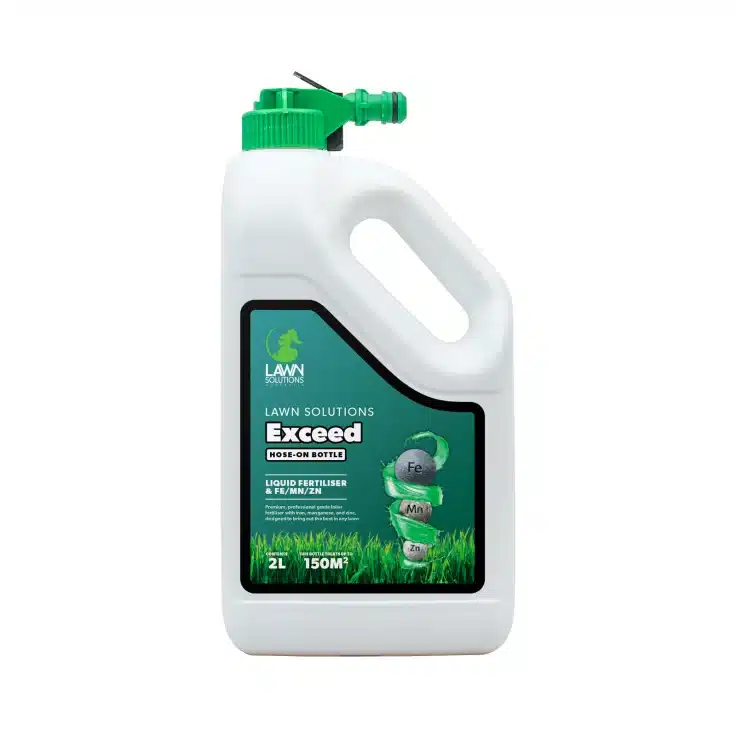What gardening should I be doing in winter?
Just because the cold weather has settled in, don’t let it become an excuse for avoiding jobs in the garden! Winter is a great time to get out in the backyard and prepare it for the warmer months ahead. This includes doing some lawn maintenance, weeding & pruning, and even planting and growing vegetables.
And while it might be cold outside (especially for us Victorians!) working in the garden over winter is a great way to keep active and healthy.
Here are some backyard winter gardening tips that will help prepare your garden for winter and keep it looking great:
Winter garden maintenance
Winter gardening is mostly about prepping for spring. It’s the perfect time to do some weeding, pruning, and mulching as well as tending to outdoor plants.
The following jobs will help lay the groundwork for spring and give your garden more of a thriving chance against the harsh winter conditions.
Get weeding
Added rainfall and moisture can only lead to one thing - weeds. It’s important to get a good handle on weeds as soon as they appear otherwise they can seed and lead to more problems. Weeding is a chore that not too many of us are fond of but you’ll be doing your garden a heck of a favour by doing so. The best way to remove winter weeds is simply to pull them out by hand. If you do have a lot of them, you can try using a til or rake to make lighter work of it.
Prune plants
Winter, particularly early August, is a great time to prune plants. If it has been a while since you’ve brought out the secateurs, then give them a good sharpen prior to pruning as this will give you a cleaner cut. When you’re pruning, don’t be afraid to take off as much as necessary. You can usually go as far as leaving 3 or 4 stems. In fact, many plants do well when pruned bare, including wisteria and hydrangeas. If you have roses, now is the time to prune those too. When you’re finished, apply a seaweed-based concentrate to the soil to help protect the plant from frost and disease.
Add some mulch
After removing weeds from the garden, spread a thick layer of mulch around the base of your plants. This will act as a protective blanket for your soil, helping to keep temperatures consistent while protecting plants from frost and deterring weeds from popping back up.
Protect outdoor pot plants
If you’re in a frost-prone area, then it’s helpful to protect vulnerable pot plants by wrapping them up in burlap, old blankets, or bubble wrap. Simply cover around the base of the plant, as it’s the roots that need shielding. This will trap heat in the soil and give your plants a better chance of survival.
If you have any tropical potted plants, move them to a more protected area - if you have a sunroom or garden shed then that would be ideal. For bigger plants such as trees, you can spray them with a winter plant guard for added protection against frost.
While you’re at it, go ahead and empty any outdoor pots or planters you’re not going to be using this winter. Remove soil, clean out the pots and store them away ready for your springtime planting.
Winter lawn care
Has the cold weather got you feeling like you need to hibernate? Well, the same goes for our lawns too. Most Australians will have a warm-season lawn that will go dormant once winter hits. If you’ve noticed your lawn appears dull or lacking in colour, then it’s likely that it’s going through its winter dormancy.
Dormant grass in winter is entirely normal. It’s the lawn's way of protecting itself while conserving moisture and nutrients. Once the weather warms up, you’ll notice your lawn will begin to bounce back.
Having said that, there is still some important lawn maintenance that must happen over winter. Here are some things you can do to improve your lawn in the colder months:
Feed your lawn in autumn
It’s so much easier to perform preventative lawn care before the cold weather hits. That’s why we suggest you apply good quality slow-release fertilisers to your lawn in autumn. April and May is the best time for this, as it will give your lawn what it needs to survive the winter months ahead.
Keep your lawn looking green
Want to keep your lawn looking green in winter? Then a lawn conditioner such as ColourGuard can help. This turf grass colourant will instantly restore colour to your grass with a natural pigment that will last for up to 3 months. Apply it to your lawn during the first week of winter for best results. Its like botox for your backyard.
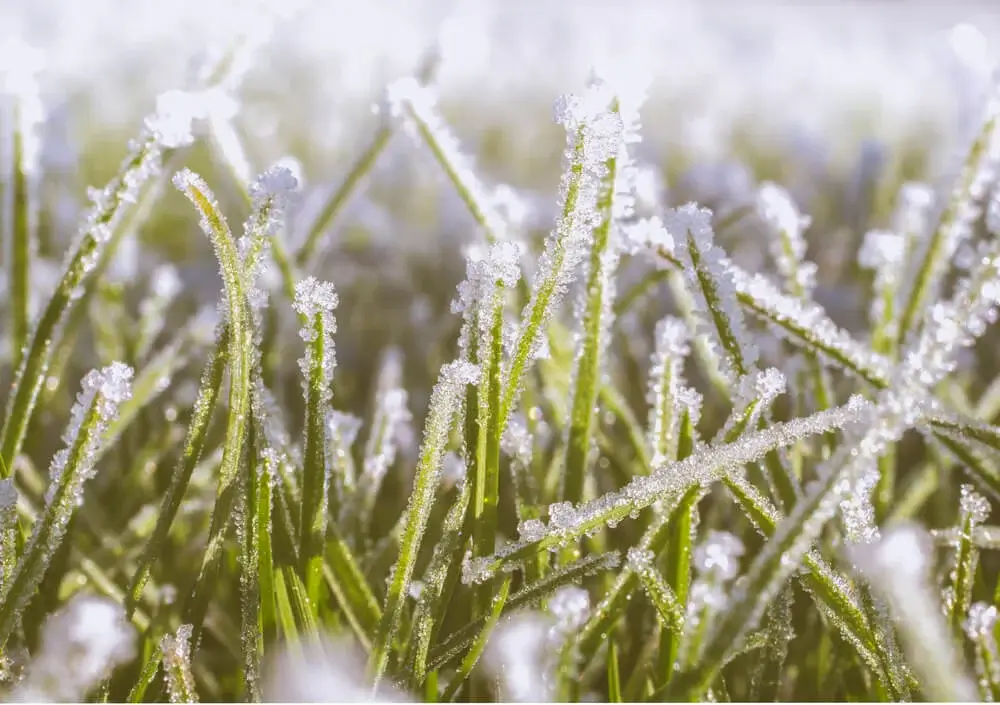
Install a new lawn
Our premium quality instant slab cut turf varieties can successfully be installed all year round! Although it may take a little longer to establish, a new lawn in winter can actually have some benefits!
Provided you are installing your turf in a full sun position and in an area that has minimal traffic while it establishes will require less water during its establishment period, will settle the mud in an instant, and will be ready for full use once warmer spring weather comes around.
Planting vegetables for winter
Now is the time to start planting your winter veggies! If you aren’t sure what vegetables to plant in winter, here are some ideas:
- Carrots
- Garlic
- Spring onions
- Potatoes
- Beetroot
- Cauliflower
- Broccoli
- Spinach
- Kale
- Leek
- Onion
- Brussel sprouts
Add these winter herbs to the list, too:
- Rosemary
- Thyme
- Parsley
- Basil
- Mint
Winter veggies require rich soil to help nourish them throughout the cooler months. You can replenish your existing soil by adding compost and manure - both of which are beneficial for growing vegetables.
Flowers and plants in winter
Although many plants are in their dormancy, there are still plenty of things you can grow in winter. Spring bulbs, flowering natives, and hedges all grow actively through winter. Next time you hit your local nursery, pop these beautiful winter blooms in your basket:
- Magnolia
- Grevillia
- Daisy
- Daphne
- Begonia
- Alyssum
- Lavender
- Lilly
- Pansy
- Dianthus
- Honeysuckle
- Petunia
- Cyclamen
- Foxglove
- Zinnia
Other winter gardening jobs that you can do include:
- Feeding citrus plants in late July, using an all-purpose citrus fertiliser
- Planting asparagus and rhubarb crowns
- Planting strawberries in late winter
- Seeding tomatoes, capsicum, and eggplant indoors ready to transfer outdoors once spring arrives
Rug up, pop on some gardening gloves, and get out in the garden this winter! There are still plenty of things to do in the garden, so don’t let the cold weather deter you.
For more tips and tricks for taking care of your lawn through the colder months, get in touch with our team or give us a call on 1800 055 515.

